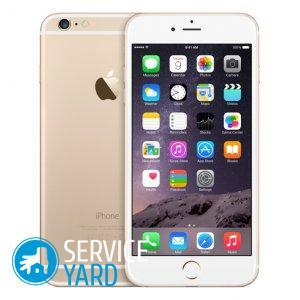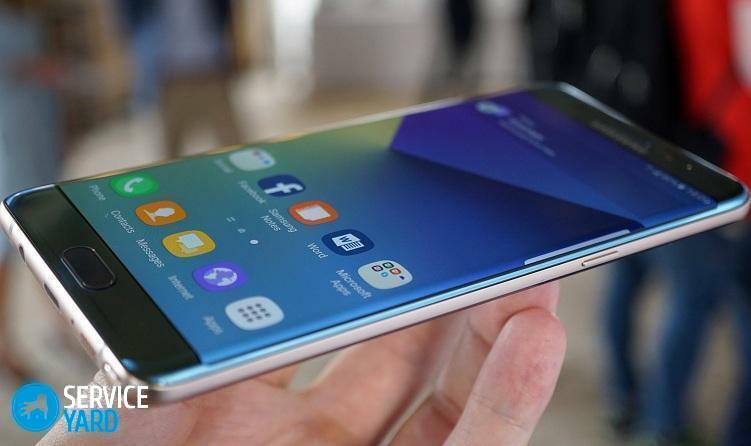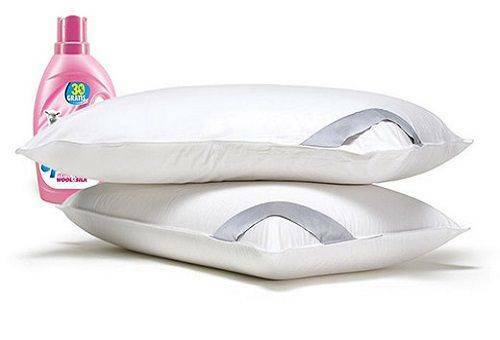
- Display selection
- Touchscreen types
If you need a choice of a new smartphone, you should approach the issue seriously. With the "filling" of the mobile phone everything is clear, the higher the indices in the values of the frequency of the processor, RAM and video memory, the better. Therefore, we turn to the displays of phones and get acquainted with all the principles of their manufacture. So, which screen is better, we will help you to understand this?
to the contents ↑display selection We used to ignore the functionality of the device, but times have changed. Now mobile devices have roughly similar capabilities and, not knowing the model, we can hardly distinguish between two different manufacturers. The main role was played by technical characteristics. One of these characteristics is the display. Let's try to understand the parameters of the screens. Which screen is better for a smartphone?
Diagonal and resolution
As you know, in any description of the device the screen size will measure in inches and have values from 3.5 to 6 inches. Even with the same size of smartphone display devices, two different phones can have different matrix resolution.
The screen resolution is the number of dots that fit on the area of its plane. A larger number of pixels increases the contrast of the image.
Important! The most relevant is the large resolution for smartphones with a large display.
Types of manufacturing matrices
Classify our important device is possible and by type of manufacture, which is an important part of the choice of the device. Which screen smartphone is better for this criterion?
TN
The easiest and cheapest way to manufacture matrices, which has a huge spread. Such screens are deprived of good color rendition, have poor contrast and small viewing angles. Boasting such displays can only cost and speed of response, so buy such devices are better for gamers who do not really care about the quality of the picture, but the response is important.
LCD
This technology is based on the use of liquid crystals, which necessarily require an external color source, used for illumination. Low contrast and a small viewing angle are typical for LCD screens.
TFT is an improved version. The quality of such screens is higher, but the response time is also increased.
Important! Such matrices are characterized by high energy consumption, which leads to a quick discharge of the smartphone.

IPS
The matrix is made by the previous technology, only the crystals are always in the same plane. This feature makes it possible to rotate and distribute together in each cell. The quality of the picture transmission at the proper level, which increases the cost in production.
AMOLED
Such displays are made of light-emitting diodes that do not require any backlighting, they themselves glow with the right color when electric current is applied to them. Hence the cost-effectiveness of such displays during operation. Such screens are not famous for their strength, but they win with quality over other methods of making matrices.
TFT or IPS - which is better?
You can argue here endlessly. If you take two different screens that are executed very qualitatively, then you will not notice the difference. But:
- If you decide to chase the image quality, IPS is your choice.
- If you do not want to overpay, then the answer arises.
So which screen manufacturing technology is better? Wait, that's not all! Classification can be continued by the device's touchscreen type.
to the contents ↑Touchscreen types
Any touch screens can be attributed to this or that type. There are only two of them, we'll talk about them.
Resistive
The screen, located under the glass, is equipped with two interlayers, which are made of metal. Pressing on them leads to closing the contact and transmits the necessary information about the exact location of pressing the display.
Capacitive
Here the principle of operation is due to the reaction to a small electric charge, which we transmit with our fingers when touched. There is an analysis and location. Such a system is used increasingly, because it is more sensitive to touch than the previous one.
The choice is yours. Think about the objectives of the acquisition and the scope of use of the device, then there will be fewer questions when buying. Good luck!



